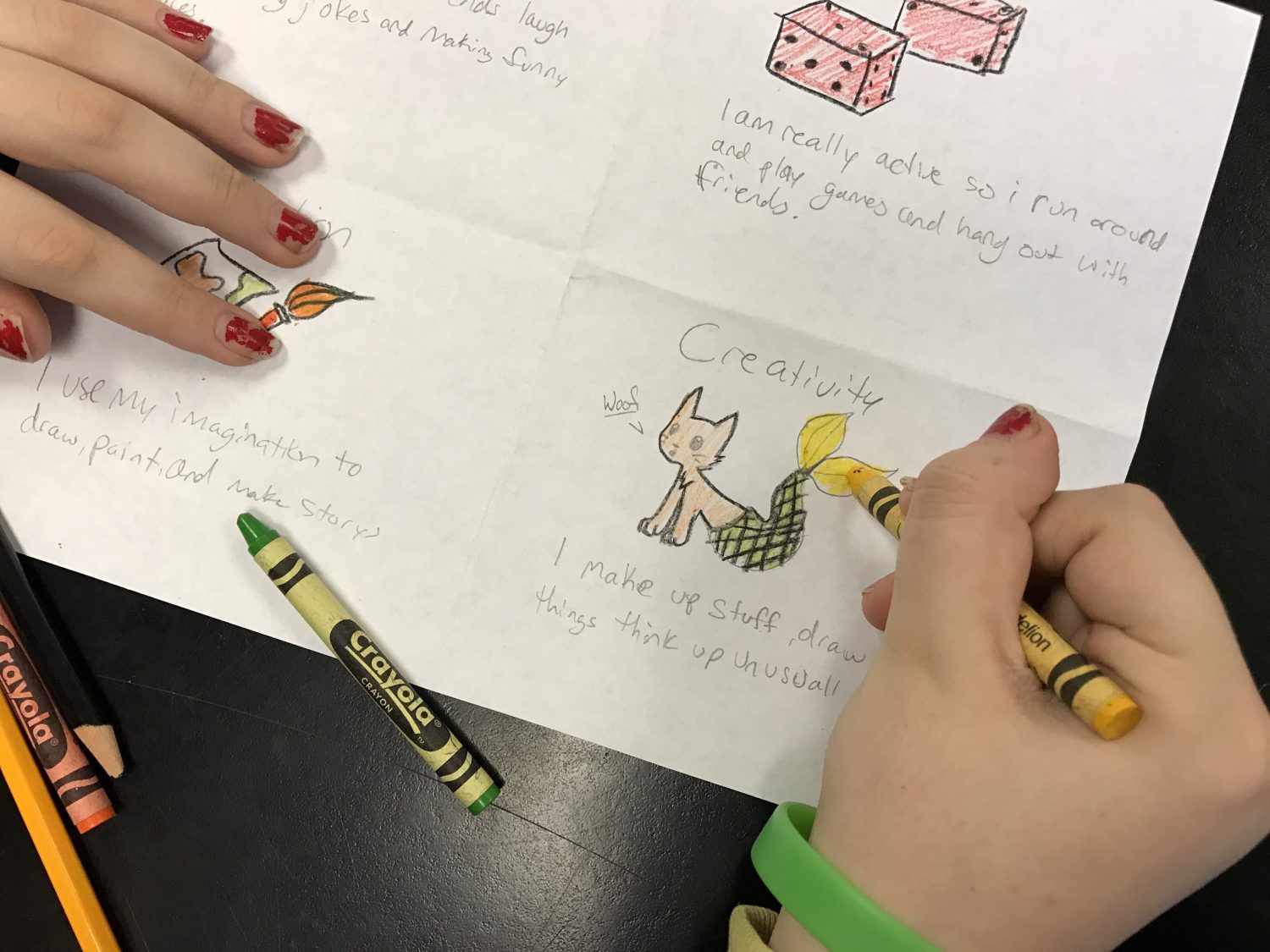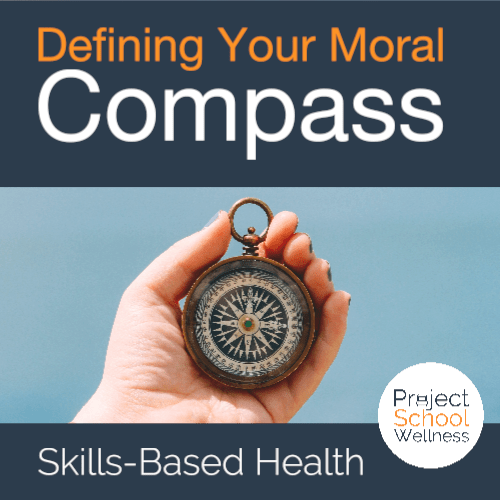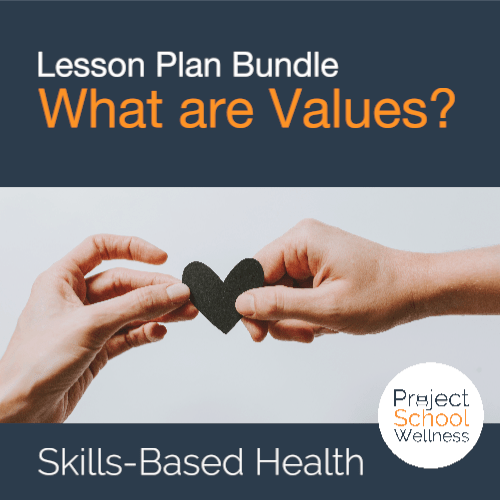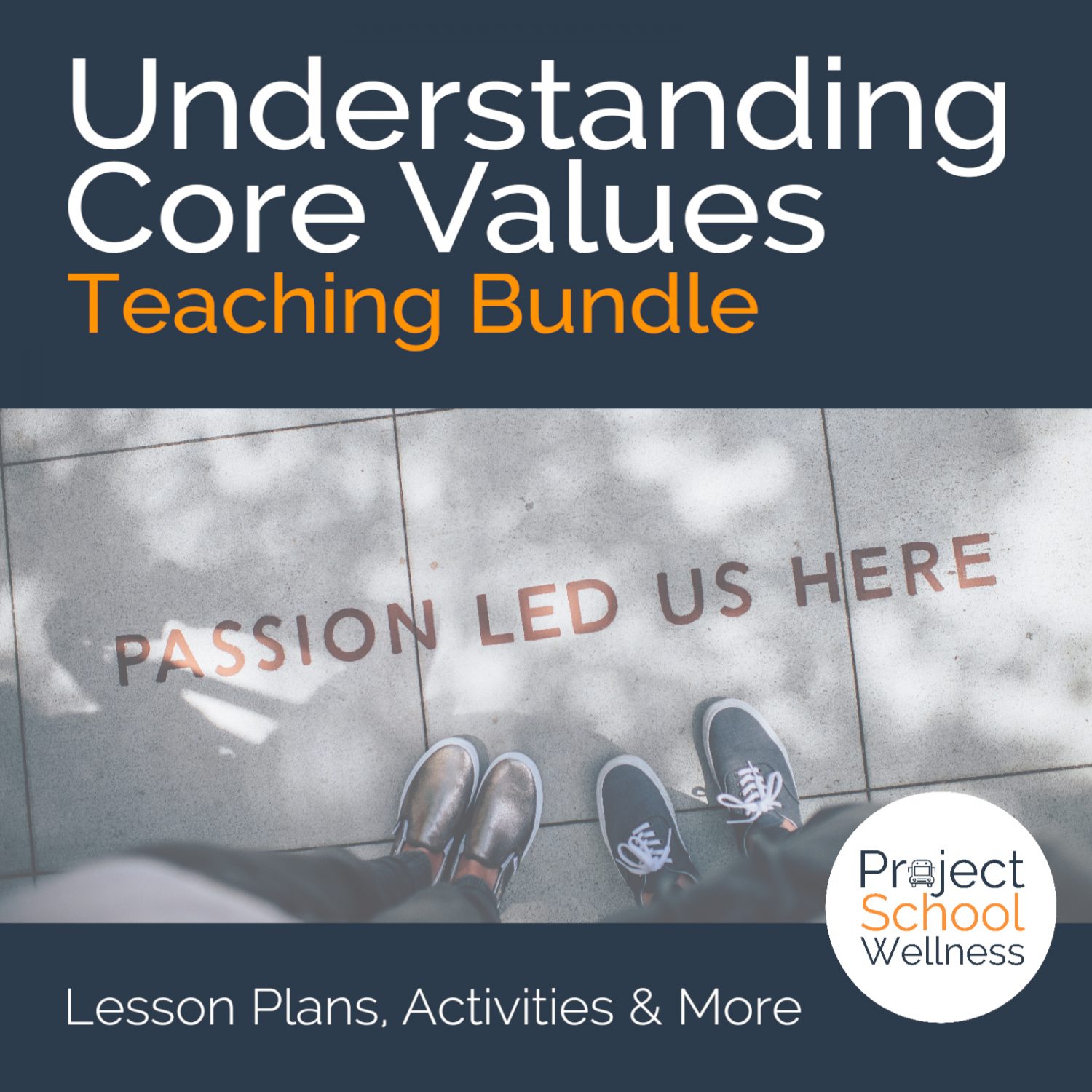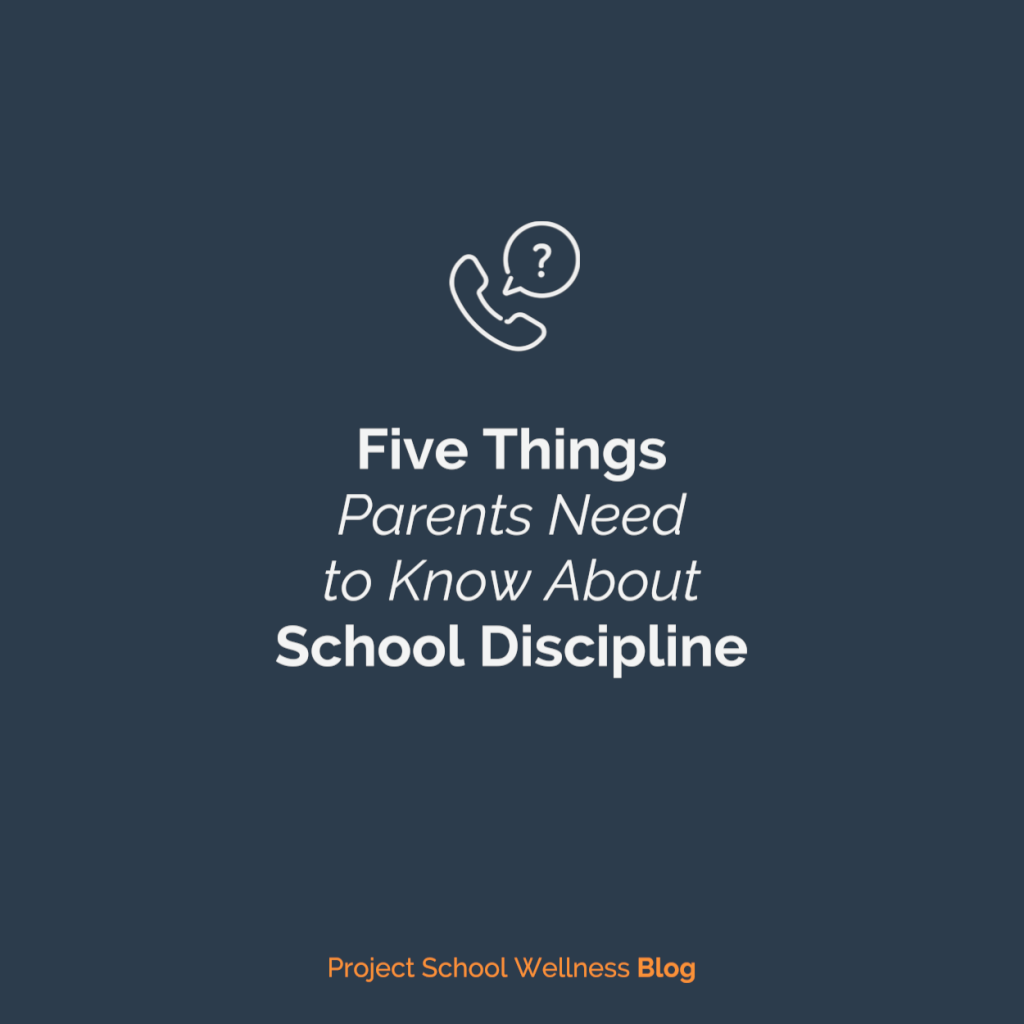Teaching Values to Students in Health Education
How I teach students to identify their core values
Teaching Values
Did you know that teaching values to students is a fundamental aspect of comprehensive health education? I know it may sound a little odd at first, and most people wouldn’t combine values with health education. But, let me tell you, values play a huuuuuge role in living a life of optimal well-being.
How? Well, let’s explore.

What are Values?
Let’s start with the basics and define “values.” Values refer to a group of characteristics, ideas, or areas of life that are important to you and matter deeply to you. They are the fundamental beliefs guiding your life. Values matter and are incredibly important because they influence how a person thinks, acts, and feels and they help to filter right from wrong. Essentially values empower people to be unique individuals.
While values deeply connect to health skills (i.e. analyzing influences, decision making, goal setting, advocacy) and the multiple dimensions of health as they are formed, nurtured, and expressed throughout all areas of life, they play the biggest role within our Spiritual Health.
Values and Spiritual Health
So what exactly is Spiritual Health and why do values so deeply impact it? You see, Spiritual Health (not to be confused with religion) refers to living with passion and purpose, in accordance with your core values and with a moral compass (knowing the difference between right and wrong).
And if we break down the key aspects of Spiritual Health, we’ll see that values are at the center of each element.
- Understanding and identifying what our values are empowers us to live with passion and purpose
- To live in accordance with our values, we must first be actively aware of what our values are
- Our values help distinguish what is “right” and “wrong” in life and guide our behavior to act accordingly
Values are fundamentally important and when we are living with passion and purpose, in accordance with our values, and with a moral compass we feel at peace and centered. Both of which are critical if we’d like to live thriving lives full of health and happiness.
Values and the Health Skills
As I briefly mentioned, values also deeply relate to students' ability to effectively execute the fundamental health skills. For example:
- Advocacy - At its core, advocacy (for self or others) is the act of standing up for what you value and believe in
- Decision Making- The key to making healthy decisions is to make values-based decisions. Values-based decision making simply means that an individual makes decisions based on their personal values rather than the values of others. Do effectively make values-based decisions, students must first understand what their values are.
- Goal Setting - When setting goals it’s important to relate goals to personal values. This is a great way to make sure that the desired outcome is actually something worth working towards and to boost the likelihood of staying focused and energized throughout the entire process.
Free Intro to Health Lesson Plan
How to Teach Students Values
So how do we teach students values? Let me share my process (of course feel free to adapt it to fit the needs of your students).
Step 1: Define "Values"
I start by sharing the definition of values with students. Generally, I don’t expect them to fully understand it by just hearing the definition, as it’s a bit vague.
Step 2: Make a List of Most Important Things
After sharing the definition, students make a list of 5-10 of the most important things in their life.
Step 3: Be a Values Detective
Next, students take the list and become a detective. As a detective, I ask them to look at each item on their list and to define possible core values related. Now, this process can be a little bit confusing, so I often share the following example:
- Let’s say I wrote “playing basketball” on my list. Now, basketball itself isn’t a core value. But it does relate to a number of core values, such as challenging, competition, dedication, discipline, grit, teamwork, work ethic, etc.
- Teaching Resource: List of 500 Core Values
Step 4: Define Core Values
Then, students choose the value(s) they feel most connected to for each item on their list. The values that are defined as most important are a students' core values. It's important to note to students that it's normal for some values to shift and evolve throughout life. That is all part of growing up and experiencing a full life.
Once students have defined their core values, I have them make a visual representation of the goals. Then, we either put this up in the classroom or if they have a binder, they can stick it their. I like students to create a visual so it becomes a simple reminder of what their values are and helps keeps them accountable. It also is a great tool for when students are not acting according to the values and they need a little redirection.
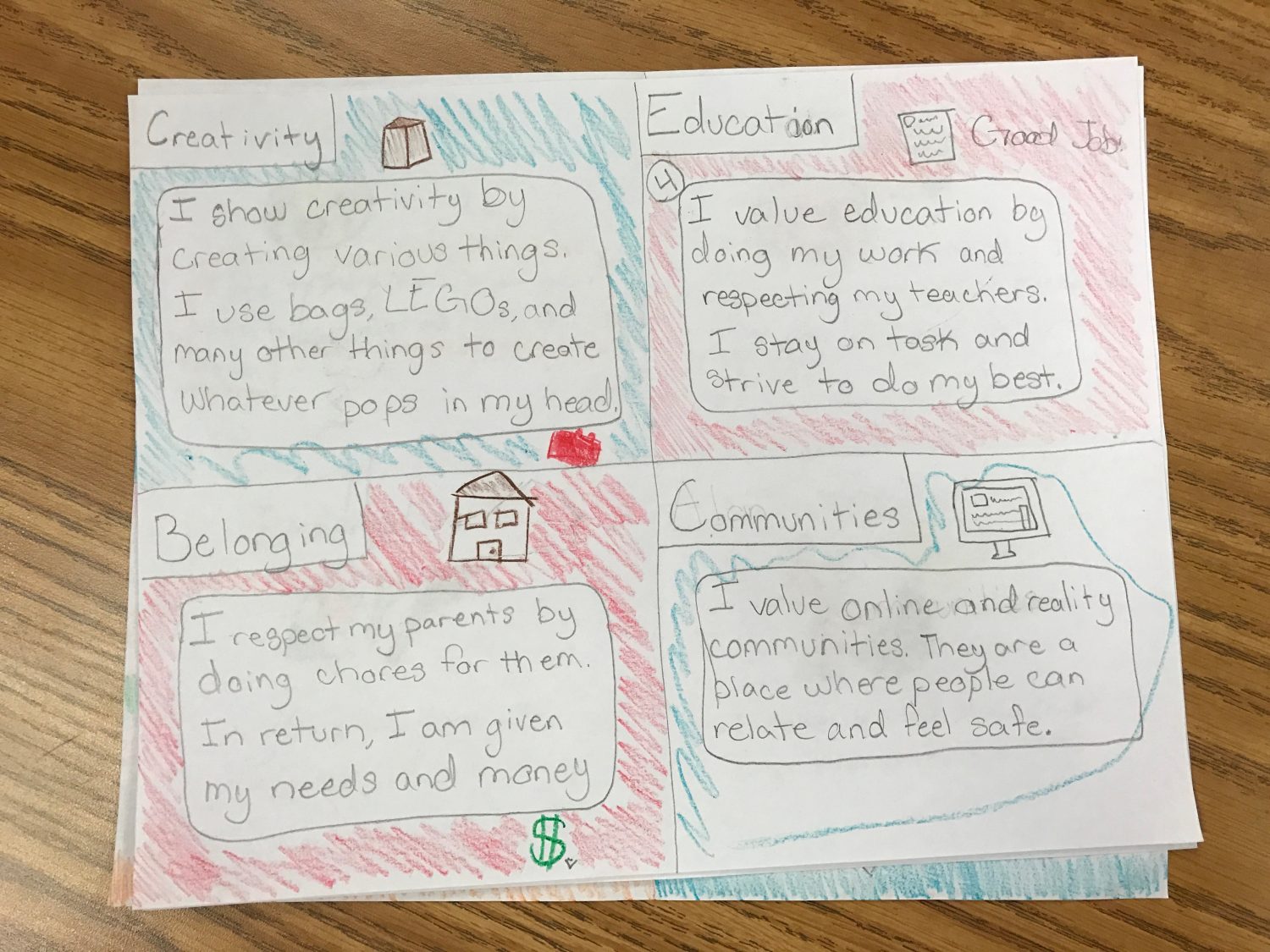
Focusing on Values
I really can’t stress enough how important it is to teach values to students. Values are one of those things that even if they aren’t talked about often or put at the forefront of our attention, they still seep into every aspect of our lives, impacting and influencing our well-being in profound ways. And I wholeheartedly believe that the more aware we are of our values and the critical role they play in determining our well-being, the more we can take control and ownership of our well-being.
Focusing on values challenging students to identify, define, and live by theirs!
Free Curriculum Sample
Sign up to receive 11 free heatlh lesson plans from the Project School Wellness Curriculum!
Hello. I'm Janelle!
A middle school health teacher turned curriculum developer. I'm on a mission to share the easiest-to-teach, most impactful health lesson plans on the Internet. Because your time and energy is better spent on teaching and connecting, not on planning and prep.

